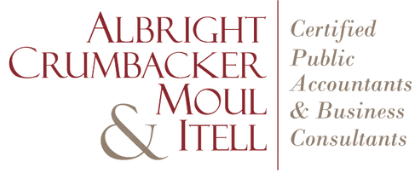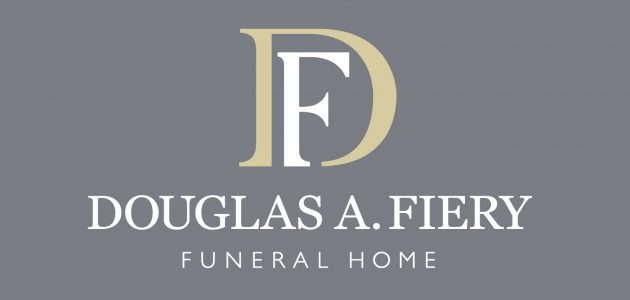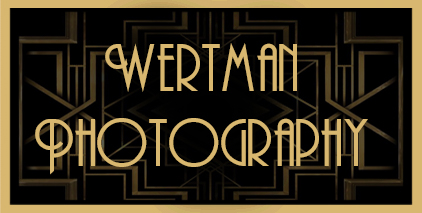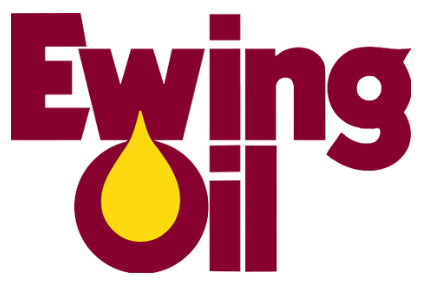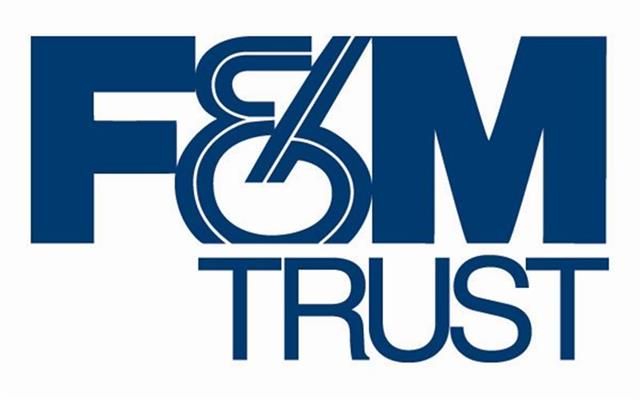Miller House Museum
Plan Your Visit
LOCATION
135 W. Washington St.
Hagerstown, MD 21740
MUSEUM HOURS
TOUR HOURS (FRIDAY & SATURDAY)
1:00 – 1:50 PM
2:00 – 2:50 PM
3:00 – 3:50 PM
Guided tours start at the beginning of the hour and are available year-round. Closed holidays.
To inquire about booking group tours, or make an appointment, please contact us.
ADMISSION
GUIDED TOUR
$7/person Adults 18+
$5/person Students 13-17
$3/person Children 4-12
Free for children 3 & under and current WCHS members/partners
Discounted guided tour rates are available for parties of 10 or larger. Reservations are required for large groups (25+).
PARKING
On-street parking is available. Please note that on-street parking is metered Monday–Friday from 9:00 AM – 5:00 PM, and that staff may not always be able to make change for the meters.
History of the Miller House
The Miller House Museum serves as the headquarters of the Washington County Historical Society, and has served as a historic house and local history museum since 1966. The original portion of the house, a Federal-period ell-block brick townhouse, was built in 1825 for William Price, a prominent local attorney. The architecture and décor of his home were designed to be as ornate as possible to give clients and visitors a sense of his success. Particularly of note in the front hallway are the eleven-foot-high ceilings with elaborate dental molding and the main architectural focal point, the cantilevered or hanging staircase. The Price family lived in the home from 1825 to 1842. William Price’s law career would culminate in his 1862 appointment as the United States District Attorney for the State of Maryland by President Abraham Lincoln. He was also the paternal grandfather of etiquette expert, Emily Post.
In 1844, the ‘brick mansion house’ was sold to Alexander Neill Jr., another local attorney. The Neill family would live in the house from 1844 until 1911. They operated their law practice out of a small addition that they added onto the right side of the house, eliminating a small walkway between buildings. The Neills preferred High Victorian decoration and installed gas-powered lighting around 1865, and by 1910, the drawing rooms and dining room were lit completely via gas chandelier. Telephone service was added in 1904, and radiant heat was added to supplement the fireplaces.
In 1911, lacking any male heirs, the Neill family sold the home to Dr. Victor Davis Miller, Jr. Dr. Miller was the son of Dr. Victor Davis Miller Sr., a Union Army surgeon who settled his family along the Mason-Dixon line. Victor Jr. married Nellie Loose, the daughter of a prominent local family, in 1908, and they settled along with Victor’s brother, Dr. William Preston Miller, and his family at a brownstone they constructed called “Doctor’s Quarters.” By 1911, however, the growing family needed more room, and jumped at the chance to purchase the lovely brick townhouse down the street. Dr. Miller quickly set about extending the Neill’s addition and finishing the basement area. Once the renovations were finished in 1915, he opened a private medical practice that housed four additional doctors, complete with a small surgical suite and compounding pharmacy.
Dr. and Mrs. Miller would raise three children in the family home: Helen, Victor, and Henry. Nell loved the Federal-period history of the home, and began to reverse many of the changes made to the house. Relatives of the Miller family recall that some of the household antiques were given to the family in lieu of payment for Dr. Miller’s medical services. Victor and Nell collected other pieces on their own, and brought back the Federal-period atmosphere of the Price’s home. Some of the changes helped to make the home more comfortable as well, like adding electricity and interior plumbing around 1912. Dr. Miller ran the medical practice until his death in 1955. Nell Miller passed away in 1966, and at that time, both Henry and Victor III were heavily involved with the Washington County Historical Society and donated the home for the Society’s use.
Exhibits at the Miller House Museum
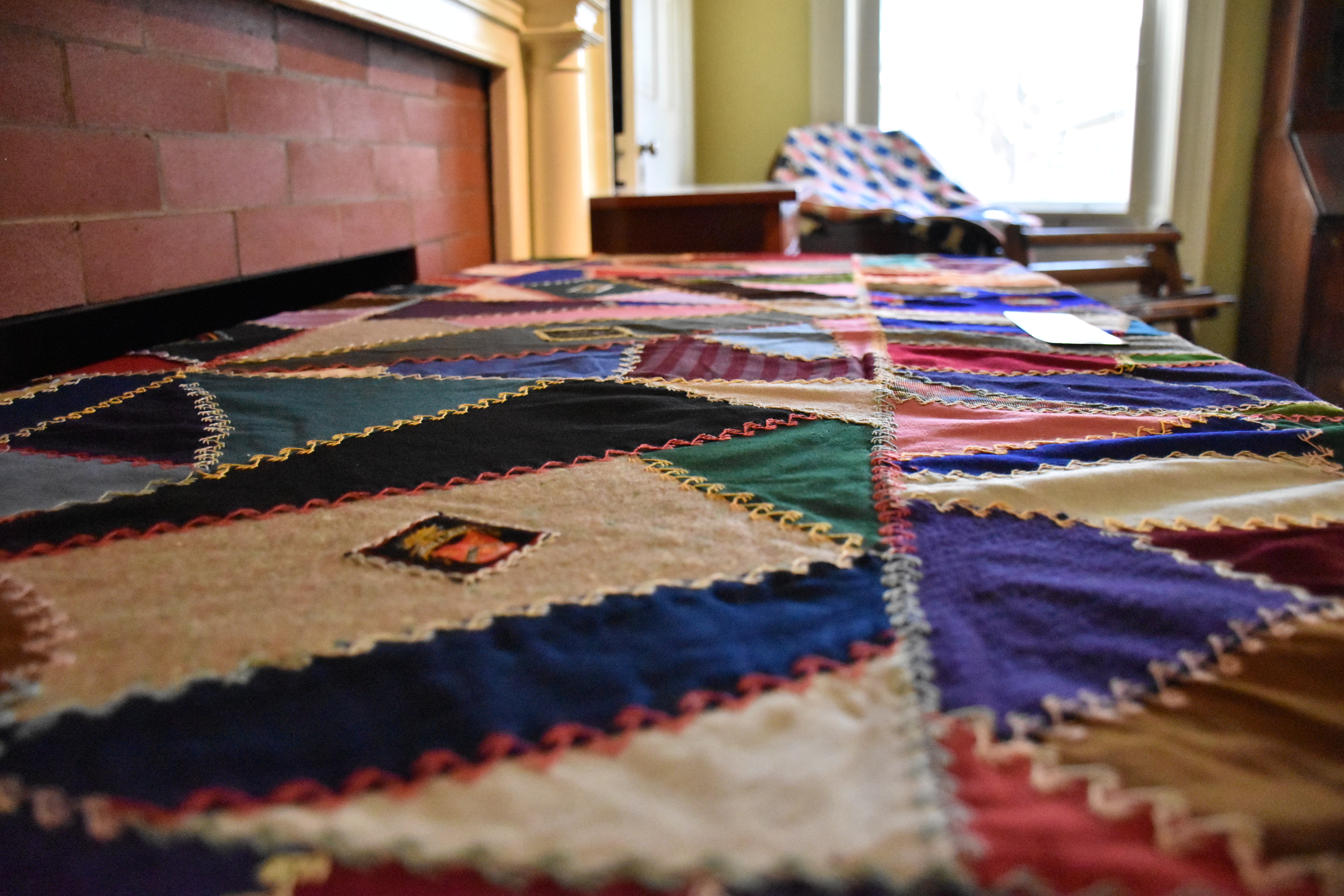
Our staff and volunteers are hard at work behind-the-scenes in the Miller House, archives, and collections working towards exciting new exhibits!
Past Exhibits
- » Behind the Seams
- » Swinging for the Fences (sponsored by Visit Hagerstown & Washington County Convention and Visitors Bureau)
- » The Bell Family of Potters (sponsored by Heart of the Civil War Heritage Area)
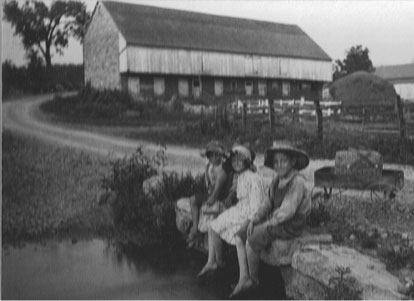
Donate
Make a fully tax-deductible contribution to Washington County Historical Society and help us bring the past to life. Our mission to connect people to the those who have gone before us has never been more relevant—donate today and extend the experience for all. WCHS is a 501(c)3 not for profit institution. All gifts are tax-deductible to the extent allowed by law.

